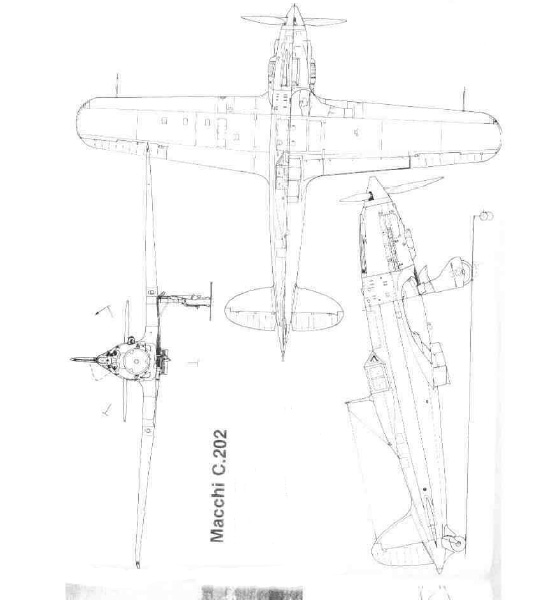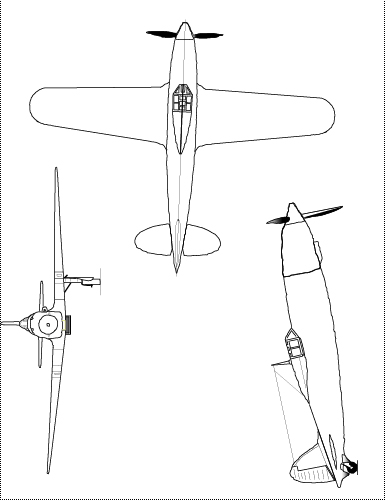Building from Model Airplane Plans
Model airplane plans building is somewhat similar to building a kit airplane. However, instead of buying the kit, you get the added fun of making the kit! If you would like to truly build from scratch, you can even draw your own plans!
We've provided some free plans for those visitors who would like to try their hands at plans building.
Assuming you have the plans in front of you, the most basic question is, "How do I get the wood (or foam) parts cut out?"
You will need to transfer the drawings to your building materials, and there are some tried and true methods to accomplish this.
Parts transfer
One easy method to transfer parts from the model airplane plans is by using lacquer thinner, which can purchased cheaply from your local Walmart.
But first, make a photocopy of the plans. Then cut the copies into convenient sized pieces. Turn the part pattern over (face-down) onto the wood.
Then take a piece of scrap cloth, moisten it with lacquer thinner, and rub firmly over the back side of the paper. This will cause the ink to transfer from the photocopy to the wood!
It really is simple. Please note that you should perform this procedure outside or in a well-ventilated workshop, as lacquer thinner fumes are not considered healthy.
For more on this neat method, see our photo illustrated Lacquer Thinner Transfer Tutorial.
Parts designs can also be transferred by laying the plan on the wood, and tracing the outline firmly with a pen. The pen does tend to wander sometimes, and the impression made by the pen may have to be filled in again after the paper is removed. However, this works well for small parts or small projects.
There are also transparent template materials than can be purchased (e.g. "SeeTemp"). You would position the template material over the plan, than trace your outlines with an exacto knife. Separate the part template from the excess material. You now have a template that can be laid on the wood, and traced around with a pen or pencil.
Cutting out the parts
So now that the drawings are on the wood, you need to cut out the parts somehow. Your trusty x-acto knife comes in handy here.
Tips: work slowly and carefully, keep the knife blade vertical, and wear eye protection. Also, change blades as soon as they show sign of wear.
The work will go faster and you will reduce your chances of nicking yourself: sharp blades need less pressure to cut and so are less likely to slip due to excessive force. For non-balsa parts, a coping saw is a great hand tool to have.
If you intend to do a lot of building from plans, a scroll saw or a band saw would be a good investment in power tools. Now that you have all the parts, you just have to build your kit!
Scratch-Building
If you would like to truly create something from scratch, you could draw your own model airplane plans.
For a scale model, this will generally involve starting with "3-views" of the airplane. These are basically drawings of the aircraft viewed along three different axes.
The first image below shows a 3-view scanned from a reference book. The second image is produced by tracing around the outlines of the scan with a drawing program. The aircraft's internal structure can then be added to produce the model's plan.


Photos of the plane will help with your final finishing. One good way to get a feel for the airplane's structure is to purchase a plastic display model. These usually have very accurate scale dimensions.
A tool called a Contour Gage, available at the hardware store, can be used to transfer the 3-dimensional shape of the plane at a certain point into a 2D profile for your model airplane plans.
Check out our photo Guide to Using a Contour Gauge. By the way, building a realistic plastic model from a kit can be a fine and entertaining hobby in its own right.
Follow this link if you'd like to learn the art of plastic model airplane building. If the model is not scale, you are getting into aircraft design, which is a bit beyond the intent of these pages. However, several great reference books are available when you are ready to take that next step.

